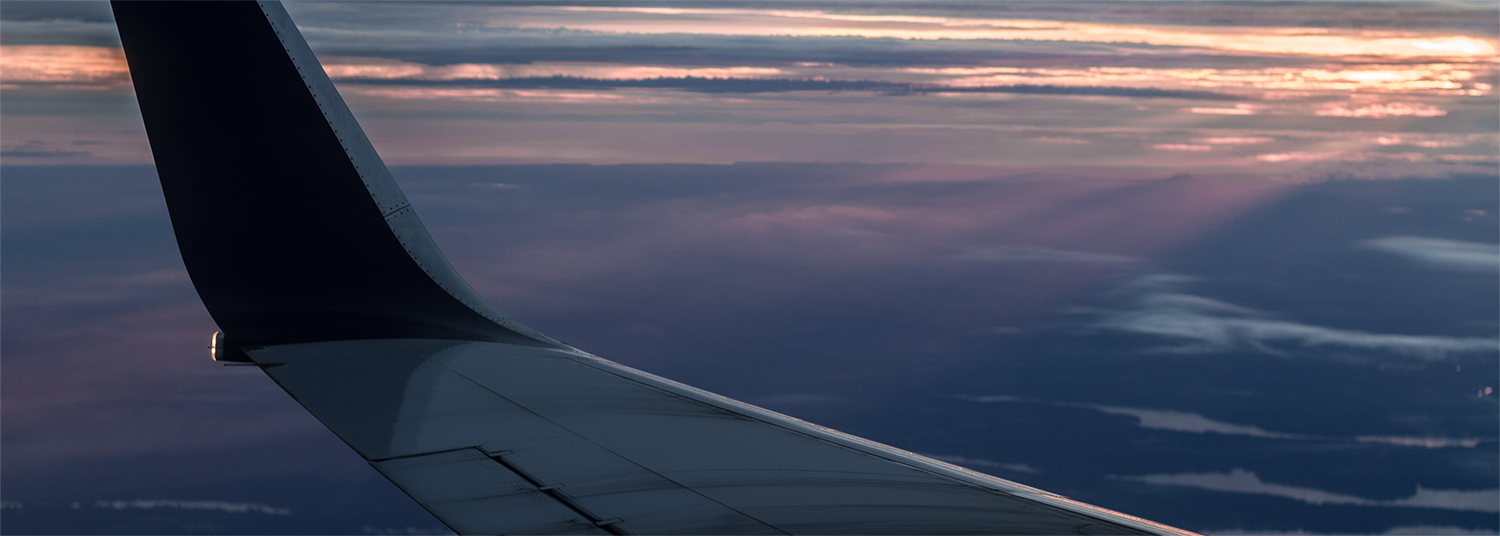


Source: Cody Blowers | www.cedarcityutah.com
A commercial jet made an emergency landing at the St. George Regional Airport after the pilot declared an emergency when the crew reported smoke in the cockpit.
Just before 1 p.m., airport operations received information from the Los Angeles Air Route Traffic Control Center that a regional commercial airliner declared an emergency when the pilot reported smoke in the cockpit during a flight from Denver to San Luis Obisbo, California.
The plane was diverted to the St. George Regional Airport due to it being the closest airport that is approved for that particular type of emergency landing, said Brad Kitchen, airport operations supervisor.
“The plane had five people on board and declared an emergency 50 miles out,” he said.
While preparations were being made for the RJ-200, a 50-seat airliner carrying three crew members and two passengers, to make an emergency landing, Kitchen was able to make direct contact with the pilot when the aircraft was still 25 miles out.
Emergency and fire units from airport operations, the St. George Police Department, St. George Fire Department and Gold Cross Ambulance responded to the scene where they set up on a long-based runway known as Runway 1-9.
The emergency response units were all in place by the time the plane landed on the runway where responders conducted an exterior examination of the aircraft while the passengers and crew were evacuated and then checked by emergency medical personnel at the scene.
Finding no evidence of smoke or fire on the outside of the plane, crews entered the fuselage where they detected a faint smell of smoke, Kitchen said. But finding no other evidence of a fire, he said, the St. George Fire Department brought in thermal imaging equipment that can detect areas of heat through thick smoke, darkness or any heat-permeable barriers.
St. George Fire Chief Robert Stoker said the department sent three engines and pulled onto the runway just before the plane landed, he said, adding that they are required to respond to any “Alert 2” situation automatically, a system designed to provide as many resources as possible that can be on scene quickly with very little notice to address whatever is going on with the aircraft quickly.
Meanwhile, LA Center was notified that the plane landed safely and all occupants were accounted for. Kitchen also said the commercial carrier was also notified and will fly in a mechanic to check out the plane, while travel arrangements for the passengers and crew will be handled through the airline company as well.
Kitchen said the rapid response time is critical when a situation like what happened Tuesday is reported, particularly when it involves a fire on board or in the cockpit of an aircraft, which can be very dangerous as it has a tendency to spread quickly through the fuselage and can be deadly.
That is one of the reasons that under FAA guidelines, he said, emergency crews have three minutes from the moment the page comes in to be on the runway and ready to go. Otherwise, the airport could face a heavy fine if it takes any longer than that.
That rapid response is critical in these types of situations and is one reason airport operations crews undergo specific training to handle aircraft fires, which can present unique challenges that are specific to an aircraft, training that includes annual exercises that take place inside of a burning fuselage where temperatures can exceed 1,000 degrees.
Tuesday’s incident was categorized as an “Alert 2” emergency by the Federal Aviation Administration, Kitchen said. An “Alert 1” is when an aircraft is having minor difficulties but a safe landing is expected; an “Alert 2” involves an aircraft that is having major difficulties, such as a fire on board or in the cockpit, for example, where a difficult or crash landing can be expected; and an “Alert 3” involves a plane that has already crashed, or has a high probability of crashing.
View original article
Leave a Reply